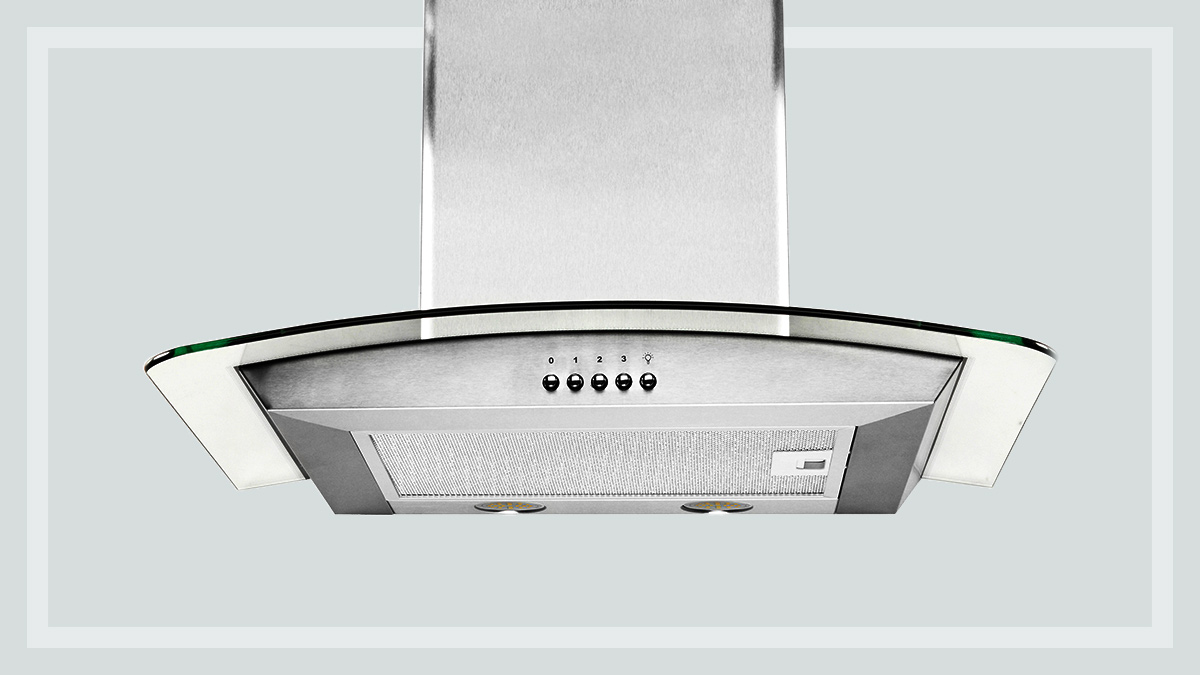Get our independent lab tests, expert reviews and honest advice.
How to clean your rangehood and filters
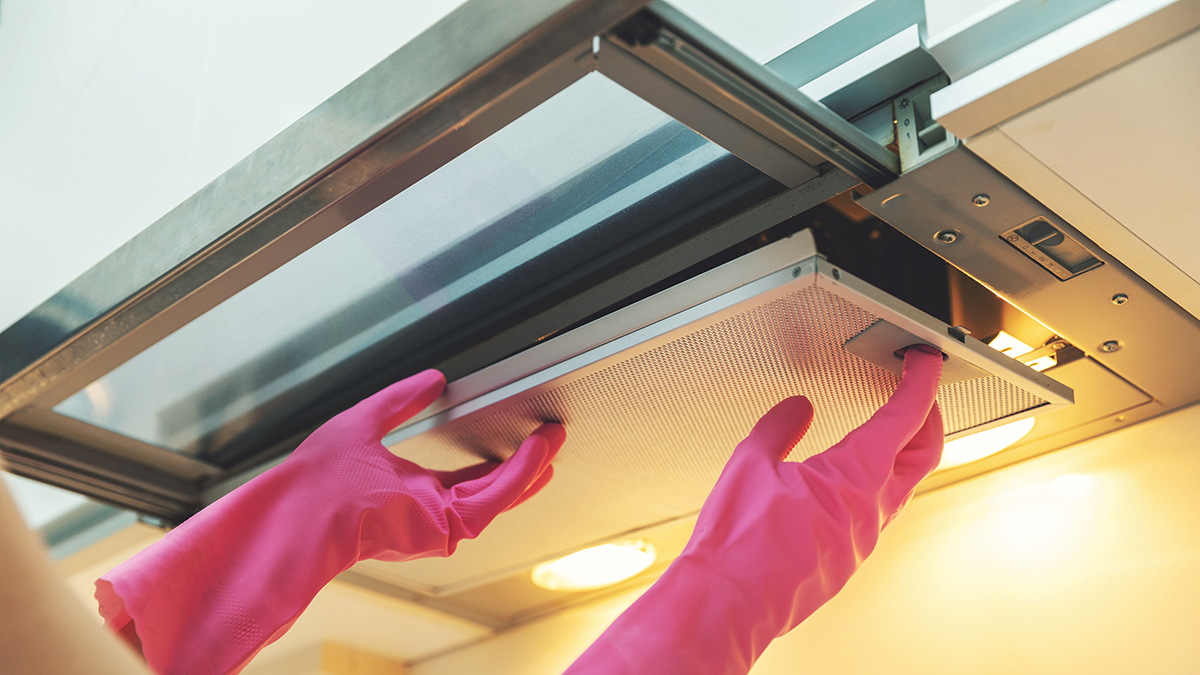
Need to know
- Not cleaning your rangehood filter means it can't perform at its best
- Grease and oil build-up on your rangehood filters is a fire hazard
- Mild detergent and hot soapy water will usually do the job
On this page:
- Why you should clean your rangehood
- How to clean the rangehood filters
- Cleaning the rangehood surface
- How often should you clean a rangehood?
- Can you put rangehood grease filters in the dishwasher?
Keeping your rangehood and its filters clean is an important task if you want this key kitchen appliance performing at its best. It’ll help maintain air quality and hygiene, too.
Rangehoods come in many styles. The most popular types include wall canopies, undermount or built-in models that sit under a kitchen cabinet, island rangehoods in the middle of a kitchen, or pull-out (retractable) types.
No matter what you have, regular maintenance is important. Here we explain how to clean the outside of the rangehood and its filters. This is general advice, so check your rangehood manual first for any safety warnings and specific dos and don’ts.
As with any appliance cleaning job, turn off and unplug your rangehood and make sure it has cooled down before you get started.
Why you should clean your rangehood
It’s important to use your rangehood’s grease filter whenever you’re cooking. These filters (usually stainless steel or aluminium) trap the grease before the air is extracted, preventing it from entering the mechanisms and ducting.
However, grease, dust and oil can quickly build up in your filters. Not only is this unhygienic, but clogged filters mean any smoke, steam and associated odours can’t be efficiently extracted.
When the filter is clean, the rangehood won’t need to work as hard, leading to cheaper running costs and less noise
When the filter is clean, the rangehood won’t need to work as hard, leading to cheaper running costs and less noise. In a worst-case scenario, not cleaning the filter can also be a fire hazard. Regular maintenance means the cleaning job doesn’t need to be too messy or time-consuming.
The most common grease filter in a household rangehood has a mesh or honeycomb structure. Another type found in commercial kitchens is a baffle filter, which is more heavy-duty and consists of vertical slats or channels, but the cleaning instructions are generally the same. Note that some rangehood styles may have two grease filters.
How to clean the rangehood filters
Grease filter
- Follow the manufacturer’s instructions for removing the grease filter (or filters). This usually involves pushing or pulling a tab and then gently pulling down and releasing the filter. Make sure you support the filter with a free hand as you don’t want it to fall on the cooktop surface.
- Soak the filter in hot soapy water for about 10 minutes. This should allow the grease to soften and dissolve.
- Use a sponge to wash off the residue. A gentle scrub with a soft dishwashing brush may also be needed. Take care not to bend the filter’s mesh or frame during this process.
- Finally, rinse and wipe dry with a paper towel or clean microfibre cloth to ensure all the water is removed (especially if it’s a mesh type, to prevent water from sitting in the honeycomb structure).
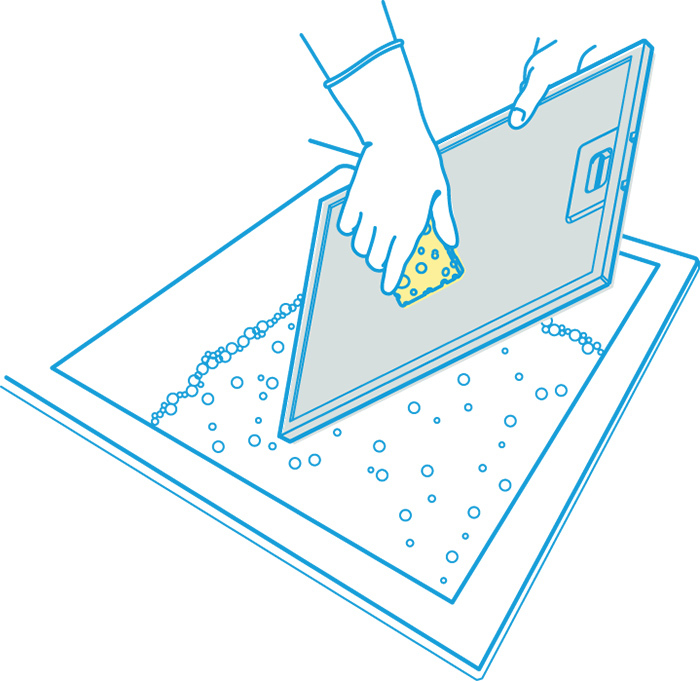
Any stubborn bits of grease may need a longer soaking time, or baking soda to help break it up. You can buy commercial grease-dissolving sprays too, as a last resort, but some manufacturers advise against prolonged use (make sure the bottle specifically says it’s suitable for use on rangehood filters).
In any case, never use any caustic cleaning materials on your filter. Many of the filters have aluminium present and the combination is an explosion risk.
Carbon filter maintenance
Rangehoods with recirculating setups that don’t duct steam and smoke outside, and instead circulate the filtered air back into the kitchen, will also have carbon (charcoal) filters in addition to the grease ones.
These must be replaced regularly, depending on the manufacturer’s guidance (often every 3–4 months). Costs of carbon filters will vary depending on the model, but usually cost around $50–60. However, some cost more than $200. So the cost of running a recirculating rangehood efficiently could amount to well over $100 a year minimum, if you replace the filter a few times a year.
Unfortunately carbon filters are generally not washable, nor are they interchangeable with other brands as they’re designed to fit into your rangehood’s particular style and shape. However, as the activated charcoal serves to remove and trap odours from the air, not replacing them will eventually affect your kitchen’s air quality.
Some manufacturers do make ‘long-life’ activated charcoal filters that can be washed and regenerated several times in an oven before they need to be replaced, but they are the exception and could cost hundreds.
Cleaning the rangehood surface
Your rangehood’s housing can start looking dirty over time, caked in dust and grease (especially if the filters haven’t been kept clean). Large canopy rangehoods that are always ‘on show’ need a bit of TLC now and again.
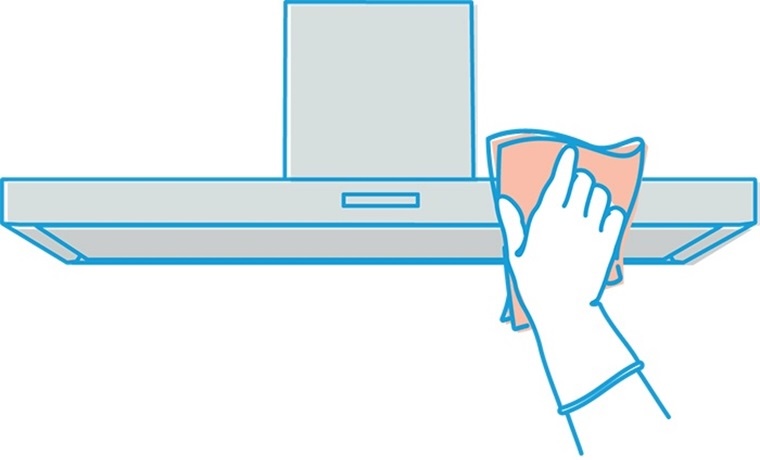
Wiping the housing
Consult your manual for the ideal cleaning agents depending on the finish of your rangehood (such as stainless steel, painted metal or glass). According to the cleaning manuals for brands including Miele, Bosch and Westinghouse, hot water and mild detergent paired with a damp, soft cloth are suitable for most surfaces, including stainless steel.
Don’t use anything designed to remove calcium deposits in water (such as a descaler), or harsh scouring pads or sponges. After wiping clean, use a clean dry cloth to remove water residue.
CHOICE tip: Stainless steel surfaces should be wiped in the direction of the grain.
How often should you clean a rangehood?
Your rangehood and its grease filters should be cleaned around every 1–2 months, depending on how often you’re cooking greasy or fatty foods.
If you notice a lingering smell in your kitchen or greasy walls, you’ve left it too long and the filter will be more difficult to clean. Some rangehoods have indicators to let you know when your grease (and carbon) filters need cleaning or replacing.
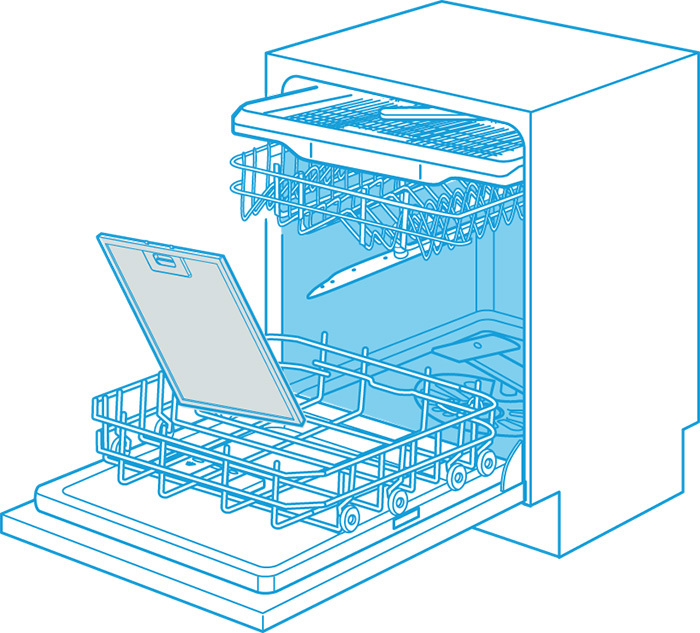
Can you put rangehood grease filters in the dishwasher?
Yes, you can put the grease filter in the bottom drawer of your dishwasher if your manual says this is safe.
Be sure to keep it clear of the rotating spray arm and follow the rangehood manufacturer’s instructions, which should specify the correct temperature to wash your filter in.
It’s a quick and easy way to clean your filter, but some manuals warn that discolouration may occur. This may depend on the type of dishwashing tablet/powder you used, and whether the metal (usually aluminium) reacts to it. While manufacturers say this won’t affect the performance of the filter, hand-washing it will keep it looking its best.
Remember: The activated carbon filters designed for recirculating rangehoods are generally not washable.

